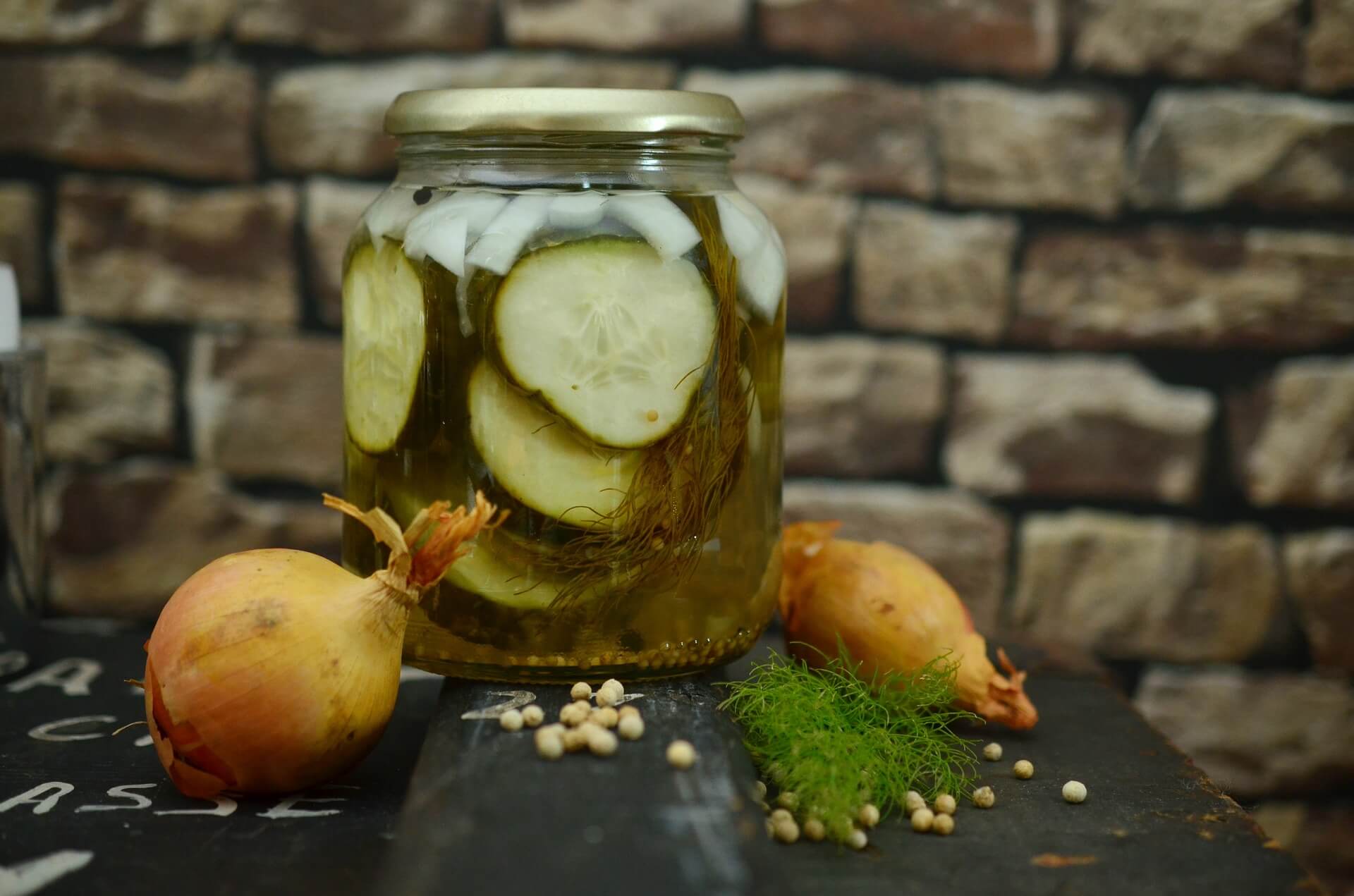Canning is back in vogue. Even before the COVID-19 pandemic, canning and other forms of at-home food preservation were returning to kitchens around the country as a culinary tradition. As the pandemic initially sparked food shortages across the country, people flocked towards the practice in droves, motivated by necessity and anxiety, rather than the practice’s novelty.
Karen Richey, health and human sciences (HHS) Extension educator in Marshall County, said she has noticed a steady uptick in the number of people seeking out canning advice from local Extension offices.
“There has absolutely been renewed interest in canning, the number of phone calls we’re getting is phenomenal as people want to buy food in bulk or preserve yields from their own gardens,” Richey said.
“Canning is a great option if you are worried about food scarcity issues, but it does require some research and precision."
Richey and Atina Rozhon, food and nutrition Extension educator in Jennings County, teach a home food preservation course and develop educational materials for people to use in their own kitchens. Both grew up canning vegetables and proteins and continue the practice today, lining their pantry shelves with everything from salsa to meat stews.
“I grew up in a rural community where we canned traditional Hoosier foods like corn, green beans, tomato juice and strawberry jams,” Rozhon, who also received her BS in food science from Purdue, reminisced.
While many may be attracted to the rustic romance of canning, there are many practical safety concerns to take into consideration. Without the proper instruments and instructions, bacteria can easily be introduced into the food, which can cause illness or, in extreme cases, even death.
The best piece of advice Rozhon said is “don’t go it alone.” Using a recipe is vital to the canning process because it will specify how long things need to cook for, the size items must be and how jars must be sterilized. A recipe will also indicate whether a food can be canned by using a boiling water bath or pressure canning, which requires a specific device. The USDA publishes hundreds of certified recipes and these are the only ones that should be used, Richey said, as they have been tested by professionals.

“You should always use and follow a recipe to the letter,” Rozhon advised. “If a recipe says cut into one inch pieces then you cut whatever it is into one inch pieces. If you don’t do this, it can change the density of the jar, which means you might need to cook at a higher temperature to eliminate the potential for botulinum bacteria.”
Additionally, the two methods of canning are not interchangeable, certain foods must be canned using certain procedures for sterilization. The boiling water method involves sterilizing jars by placing them in a steadily boiling water bath before filling and sealing them. A pressurized method involves using a pressure canner for this sterilization process.
"Which method you use will be based on the acidity of the product,” Rozhon clarified. “One way to kill off bacteria is to create a hostile environment for them, which means a product with high acidity.
A low pH level (high acidity), 4.6 or lower, means that a water bath can be used. If we’re not adding an acid, like lemon juice or vinegar, and the product is not naturally acidic, then a pressure canner should be used.”

There are lots of different ways to preserve food, Richey and Rozhon said, although people often traditionally think of using mason jars, freezing or dehydrating certain foods can also work well for long-term preservation. For those using jars, Richey cautioned, make sure it’s a food grade, mason-type jar. This means it will be able to withstand high temperatures and is air-tight.
“Just because a jar looks like a mason jar doesn’t automatically mean it can be used for canning,” she explained. “Mason jars are of tempered glass made to withstand extreme high temperatures during food preservation. Regular and wide-mouth Mason-type, threaded, home-canning jars with self-sealing lids are the best choice. They are available in 1/2 pint, pint, 1-1/2 pint, quart, and 1/2 gallon sizes. And you should never reuse a grocery store jar that has held something else like pasta sauce.”
Rozhon encouraged those interested in home preservation methods to check out the wealth of resources provided by the Purdue Extension Education Store, all of which are offered free of charge.
“Canning is a great option if you are worried about food scarcity issues, but it does require some research and precision,” she added. “It’s not for everyone, and it’s important to remember there are lots of different ways to preserve food.”





